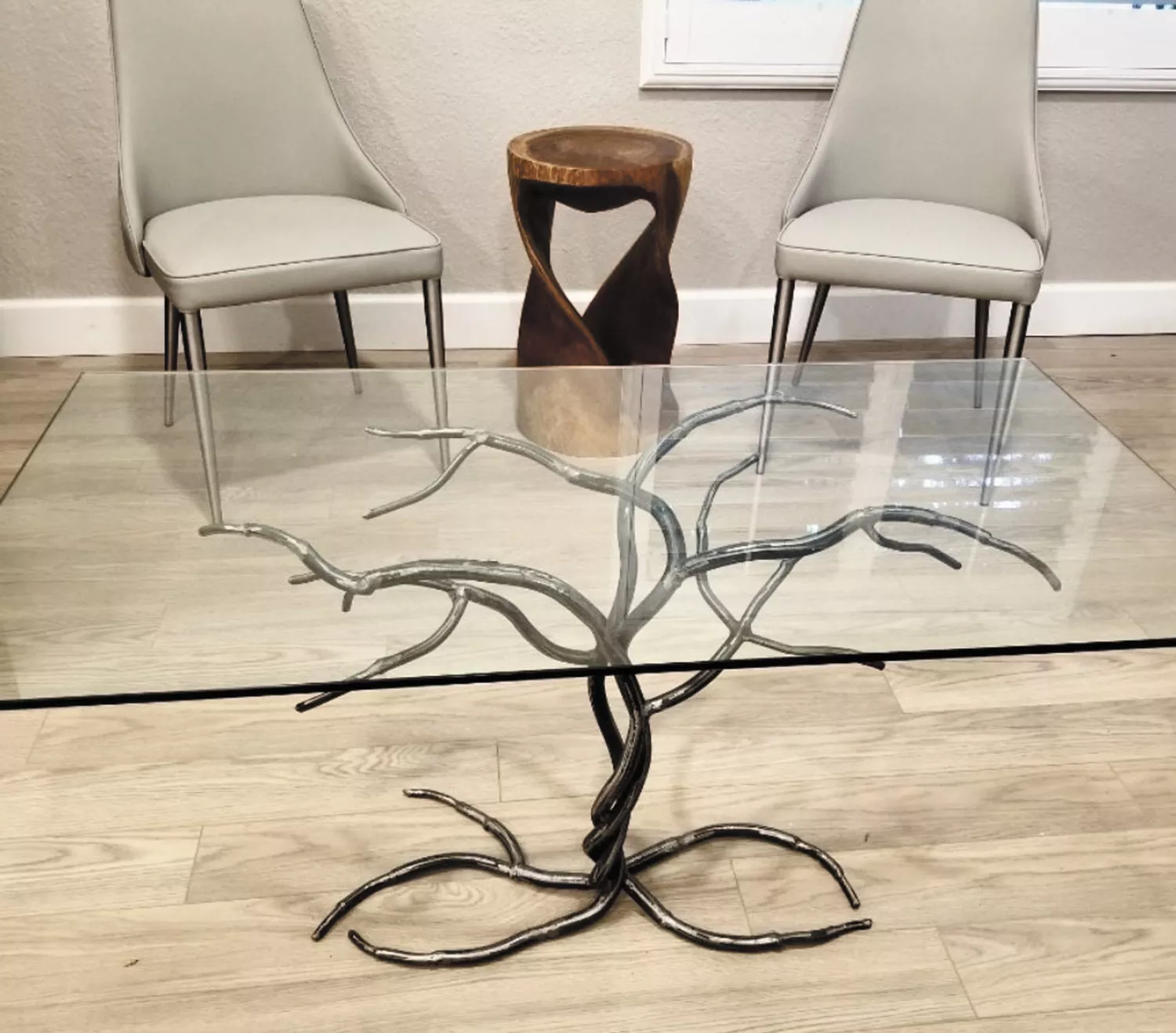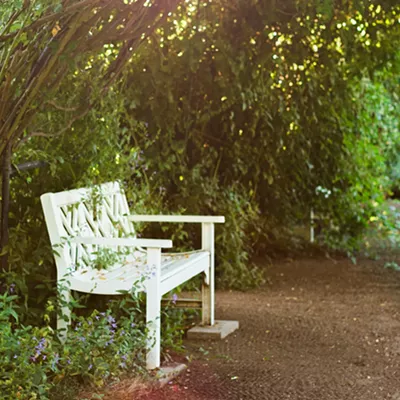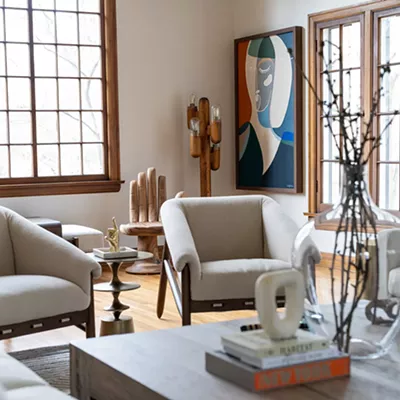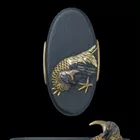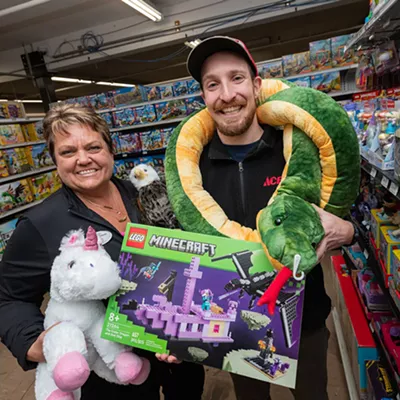For homeowners who are looking to give their living space some individual flair, custom metalwork can be a way to achieve a satisfying and distinctive mix of form and function.
Ana Funderburk is an Atlanta-born artist and former competitive chainsaw carver who began working with metal several years ago. Since then, operating out of rural Eastern Washington under the name Earthen Indigo, she's created hundreds of pieces — large and small, interior and exterior — for customers around the world.
"For architectural ironwork, I would have to say that the majority of people look for railings for balconies or staircases," she says. "But furniture makes up about 75 percent of my orders. Table bases seem to be the big thing, mainly — and sometimes bench legs."
But mid- to large-scale projects like railings or furniture certainly aren't the only available options. As Funderburk points out, custom metalwork can encompass pieces as modest as drawer pulls or cabinet handles.
"There's a pretty wide variety of metalwork that can be found in the home. There's decorative hardware for the fireplace. There are racks to hang your coats and your towels on. There are mailboxes and plant hangers." These "accents," she says, offer more accessible and economical ways to bring artisanal elements into your home.
David Kailey, who runs Spokane-based Morgan Jade Ironworks, says his experience as a blacksmith has been similar to Funderburk's.
Standing in his shop next to a wall full of variously sized scrolls, which are ornamental sections of looped metal, he notes that things like railings and entrance gates account for most of his residential commissions. Furniture has been perennially popular, too, but of late Kailey has seen more requests for decorative items like garden lattices.
"People are now using [metal] wall art for décor," he says. "One customer, she wanted me to make her a bunch of flowers as a centerpiece on her table. It was basically a vase with flowers that I hand-forged. I like to be challenged. I like to have to think about what kind of tooling to build."
To anyone who's contemplating architectural metalwork or even custom-made furniture, Funderburk would remind them that it sometimes takes more than just the homeowner and artist to correctly determine the shape, size and design of the piece.
"There's usually an interior designer or some sort of contractor or architect who's involved. Sometimes the pieces will have to fit into a space where the builder or the designer will have to make special provisions, especially with things like fireplace inserts or pieces that are outside and exposed to the elements," she says. If the metalwork is being integrated with other materials, such as wood or marble, artists who specialize in those media will have to be included as well.
With structural work in particular, homeowners will also need to ensure that they're attentive to local building codes and properly permitted. Railings and balconies, for example, can become a serious liability unless they meet certain safety specifications.
Another thing to bear in mind is scheduling. Handmade pieces take time to design and craft, so it's best to temper any expectations of a quick turnaround.
"Usually artists are already working on something," Funderburk says. "So give yourself at least three to four months."
When it comes to finding an artist to work with, the web can be a good place to start. Established metalsmiths generally have online portfolios of their work and storefronts on established sites like Etsy. And while it's not uncommon to purchase or commission pieces from artists based elsewhere, distance does add shipping costs and the risk of damage. Should that prompt you to narrow your search to local artists, arts advocacy organizations and steel suppliers can be excellent sources for recommendations.
There's also the matter of budget. The word custom might sound like a euphemism for expensive, but Kailey says that's not necessarily the case. He works regularly with clients who prize his creations but have strict caps on their discretionary spending.
"I've found that, for me, success is when I ask for a price point and then design to a price point," he says. "That way, I can give the customer the best bang for their buck. When I can squeeze every last bit of detail and grandeur into [the piece] for the money they want to spend, that's always the best situation."
Along with skill and cost, it's also important that any artist you work with has a willingness to collaborate. Both Kailey and Funderburk say that working toward a shared vision has been key to their most successful and memorable pieces, which in turn makes those pieces even more special.
"When metal's handmade, you can really tell," Funderburk says. "It has a lot of character and a lot of charm to it. That makes it lasting and unique, and that adds to the beauty and the value of the piece."


